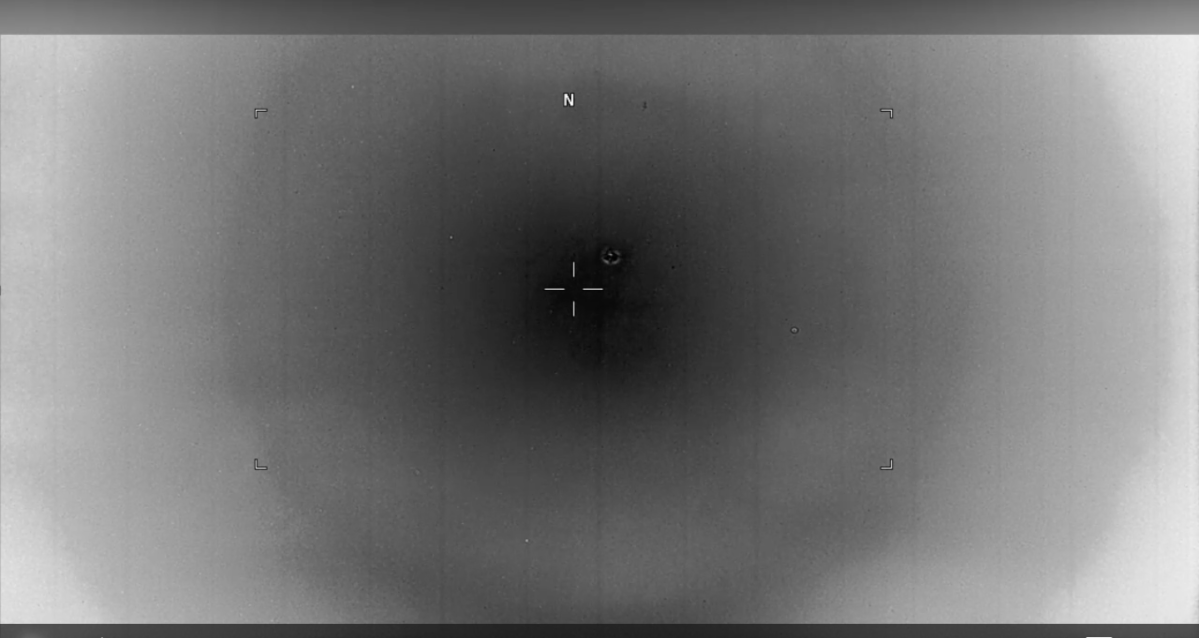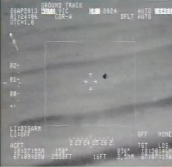Senators want ‘more tangible evidence’ that Pentagon’s new UFO sleuthing team is meeting its mandates

Leading lawmakers on the Senate Intelligence Committee amplified Congress’ growing alarm that the Pentagon’s newest office for investigating reports of “unidentified anomalous phenomena” (UAP) is still not operating up-to-speed on its legally mandated commitments — even as associated national security threats continue to escalate.
In a letter penned to Secretary of Defense Lloyd Austin and National Intelligence Director Avril Haines last week, Sens. Mark Warner, D-Va., and Marco Rubio, R-Fla., wrote they are “concerned not to have seen more tangible evidence” that government officials are efficiently implementing guidance on the All-Domain Anomaly Resolution Office (AARO) that was established via the fiscal year 2023 National Defense Authorization Act.
That office is charged with scrutinizing federal UAP reports, including UFOs.
The letter, shared with DefenseScoop on Monday, comes less than two weeks after AARO’s inaugural Director Sean Kirkpatrick testified at a Senate subcommittee hearing about the office’s activities in its first nine months of existence. There, he hinted at certain bureaucratic hitches his team has been confronting, which the lawmakers now spotlight in their latest correspondence to the DOD and intelligence community bosses.
“To date, we are cautiously optimistic about the limited progress being made by AARO, and we support the considerable efforts of the AARO Director, Dr. Sean Kirkpatrick, to meet Congressional intent,” Warner and Rubio, who lead the intel committee, wrote — after calling out examples of “slow implementation” of some NDAA requirements, so far.
AARO marks the latest iteration of Pentagon and intelligence community efforts to study and solve reports involving military personnel and government sensors detecting perplexing items across domains that can’t immediately be explained or identified. It has evolved from the now-defunct UAP Task Force and earlier, more secretive Advanced Aerospace Threat Identification Program, or AATIP — among other government UFO-analyzing teams that predated it.
But since the new office was established, DOD has scrambled on separate occasions to shoot down several mysterious objects in North American airspace that it still hasn’t explained publicly.
“I just came back from sitting down with [top military officials at U.S. Northern Command] a couple of weeks ago — talking through exactly what we need to do to help them get their arms around this,” Kirkpatrick told lawmakers at the hearing in late April.
During his testimony, he pointed to a number of new resources his AARO team is also generating to advance its UAP investigations based on Congress’ inclusions in the 2023 NDAA. However, in response to a few senators’ follow-up questions, Kirkpatrick also hinted at potential administrative elements delaying the public release or closed delivery of what’s being developed.
Warner and Rubio pointedly asked Austin and Haines about the status of some of those initiatives in their letter.
The fiscal 2023 law “directed AARO to stand up a secure public-facing website, or communication mechanism, to outline the secure process for witnesses to come forward with relevant information. To date, we have seen no efforts to communicate the existence of the secure process to the public. We request that you provide us an update on the plan to publicize the secure process for witnesses to come forward,” the senators wrote.
Kirkpatrick had confirmed at the hearing that his team “submitted the first version of that before Christmas” and was still waiting on feedback from superiors at the time.
Warner and Rubio also said they “have not seen evidence of an AARO strategic communications strategy,” and therefore seek to understand why the office is not using social media to better engage the public — as it was directed.
“AARO established a Twitter presence in July 2022, but has yet to post anything further, despite attracting over 31,000 followers. This highlights the lack of communication and transparency with the public,” they wrote.
Going forward, the senators asked that Congress also “be regularly informed about the content of the interviews” AARO conducts with possible UAP witnesses.
Further, Warner and Rubio also requested that lawmakers receive updates on expectations related to AARO’s personnel and reporting structure, which also were left up in the air when Kirkpatrick testified.
“The FY23 NDAA requires the director of AARO to report directly to the Principal Deputy Director National Intelligence (PDDNI) and the Deputy Secretary of Defense. Despite assurances that there is a proposed plan to implement this change in reporting in circulation, we have yet to see any final guidance issued. We request that you provide us an update on the proposed plan including the timeline for issuance of the final guidance,” they wrote.
The DNI office also has not met the law’s mandate to appoint a deputy director of AARO to serve from the intelligence community, according to the senators, who want answers on that.
A Pentagon spokesperson on Monday confirmed the Defense Department’s receipt of this inquiry.
“As with all congressional correspondence, we will respond directly to the authors of the letter,” the spokesperson told DefenseScoop.
Meanwhile on Monday, still-unconfirmed reports surfaced of another new and perplexing balloon flying over the U.S.






